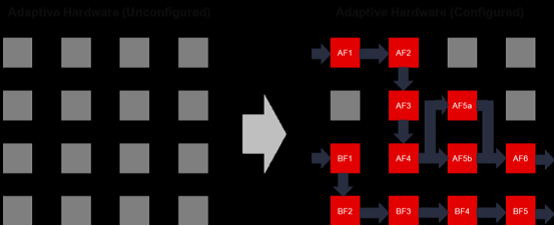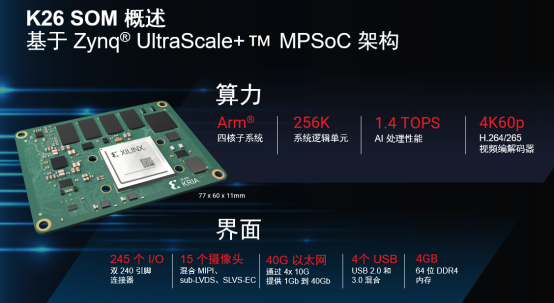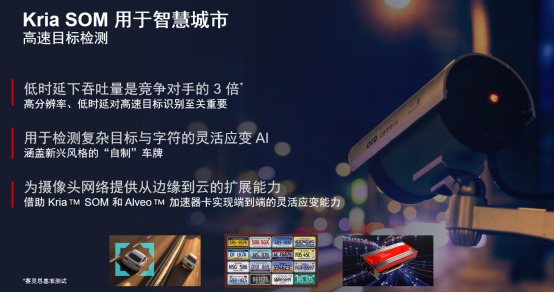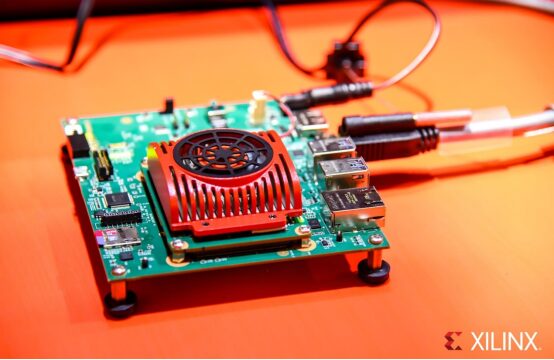Advantages of Adaptive Platforms


Successful Use Cases of Adaptive Computing



Conclusion


Click to read the original text for more information
Advantages of Adaptive Platforms


Successful Use Cases of Adaptive Computing



Conclusion


Click to read the original text for more information